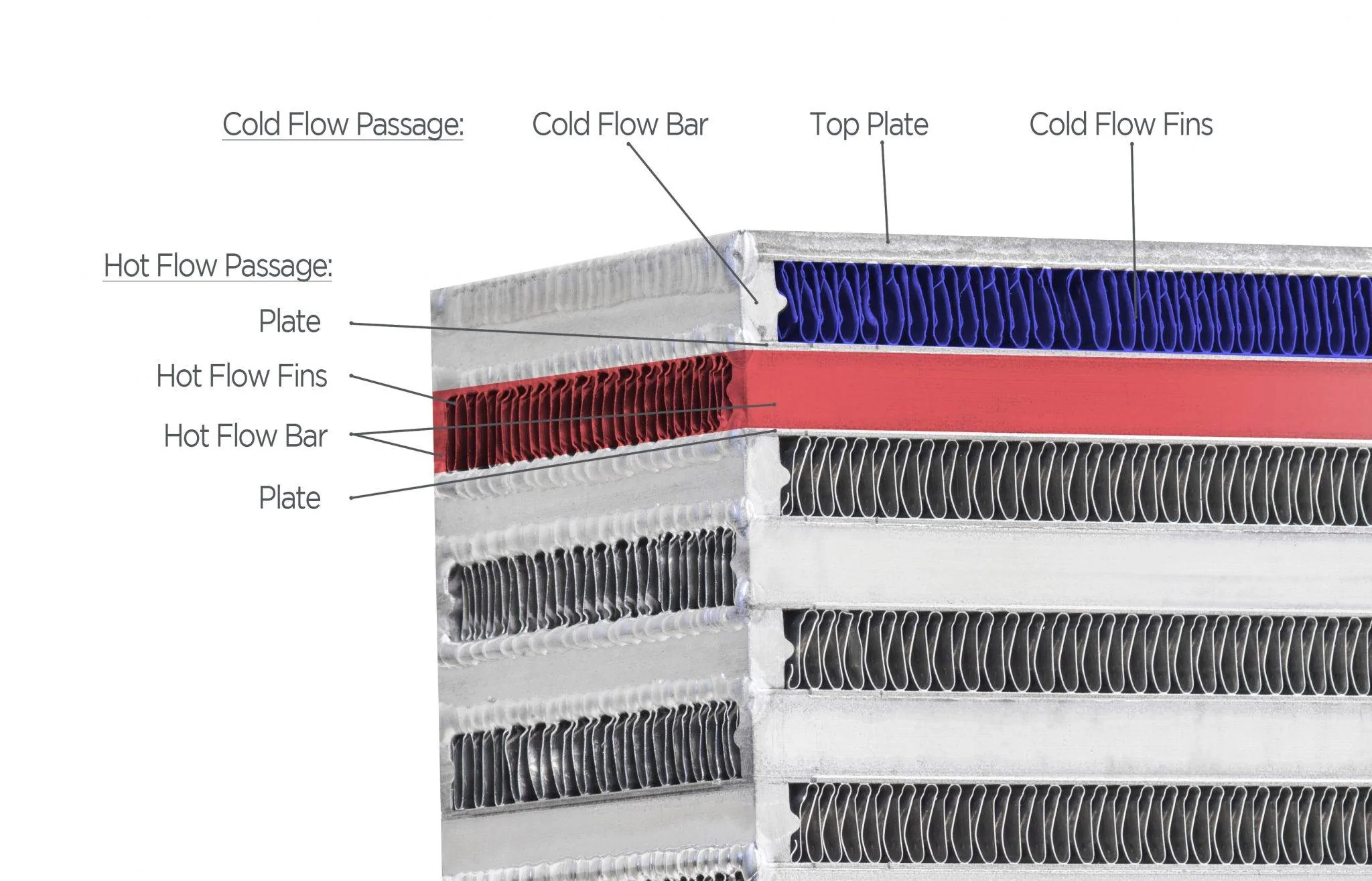I don't understand what you're trying to say here.
This is kind of like saying "the main reason you want more money is not because of all the bills you pay - it is because more money gives you the flexibility to buy whatever you want"
No one is talking about "overheating" in terms of block temperature because your coolant isn't doing its job. Hot air makes for p!ss poor combustion. From thermodynamic law, if you compress air, it will get hot. If turbo cars didn't care about trying to keep the air temp down, they wouldn't stick a big 'radiator' between the turbo and throttle body, like they DON'T on naturally aspirated cars.
I am saying that cooler air is more dense and you can extract more power from it. For a given volume of air that you push into your cylinder, it will not be as dense with air molecules at a higher temperature. The air is more dense (for a given volume) when it is cooler. This is why you can get more power with an intercooler - over not having one. I have had turbo cars that did not have intercoolers - I have had them with intercoolers - and I have installed larger intercoolers on cars that already had them. More intercooler was always better in my experience. My point is that if the factory intercooler is not optimum (which is always a possibility), changing to a better, bigger, more efficient intercooler can provide more power under most conditions.
Sponsored


